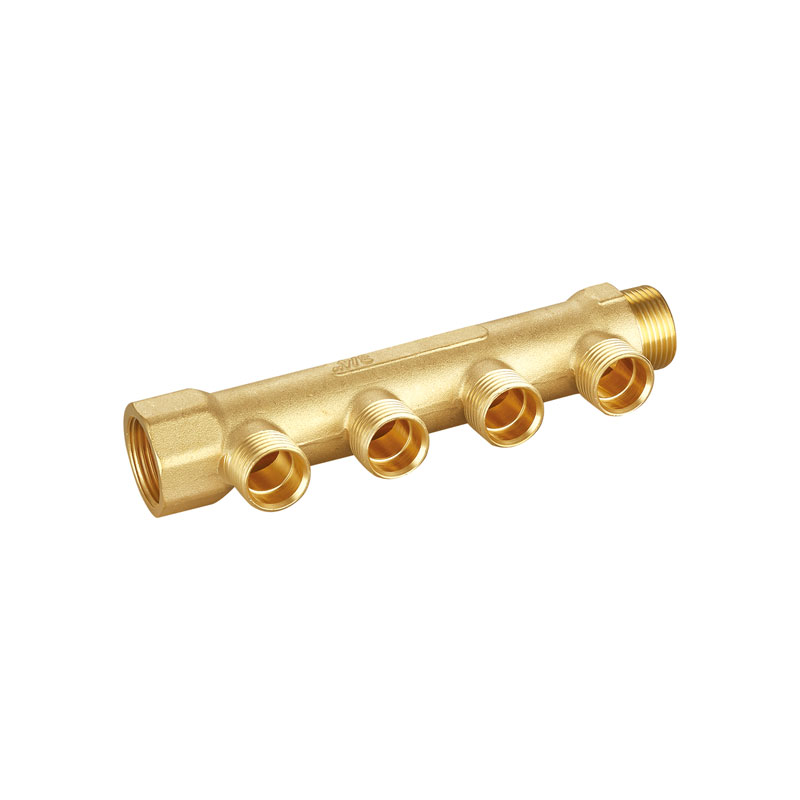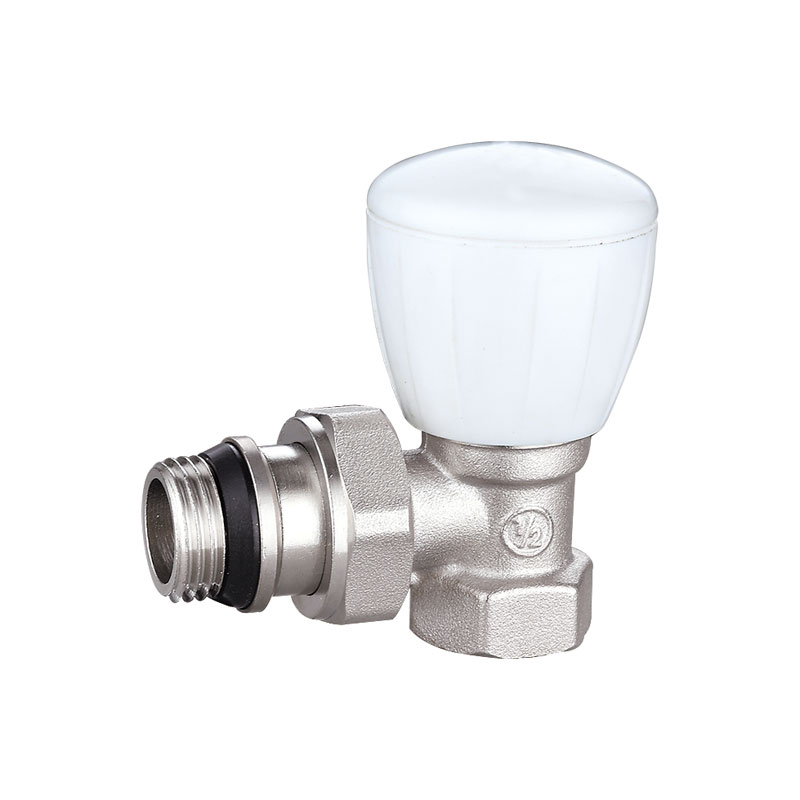The variety and quantity of existing control valves can basically meet the needs of economic development, but there is still a big gap between the reliability and service life of various valves and foreign products. In the 1980s, a large number of private and private enterprises joined the valve industry, but their current main direction is in the field of general valves, and there are still few that focus on control valves as their main products. Generally speaking, the domestically produced control valves are at the level of low technical content, short service life, and average quality. A considerable number of products, especially some special performance products, have a large gap between product structure and product quality. There are mainly high-parameter regulating valves, pressure reducing valves and safety valves for power stations; high-parameter regulating valves for petrochemicals and metallurgy, as well as metal sealing butterfly valves and ball valves. With the rapid development of my country’s economy, my country’s investment in oil and gas, petrochemical, electric power, metallurgy and steel, municipal administration and other fields has continued to grow. While effectively promoting the sustained development of the national economy, it has also brought unprecedented growth to the regulating valve industry. Chance. The development direction of the control valve is mainly intelligent, standardized and energy-saving.
1. Intelligentization: Intelligentization mainly uses intelligent valve positioner, remote communication of operating status and other intelligent functions, which makes the management of the regulating valve convenient, and the fault diagnosis becomes easy, which reduces the skill requirements for maintenance personnel. The use of intelligent valve positioner can not only easily change the flow characteristics of the regulating valve, but also improve the control quality of the control system. Therefore, the requirements for the flow characteristics of the regulating valve can be simplified and standardized. The use of intelligent functional modules to match the characteristics of the controlled object greatly reduces the types and varieties of control valve products and simplifies the manufacturing process of the control valve. In order to reduce the variety of control valves, there are also domestic manufacturers producing full-function control valves. These intelligent methods will continue to improve and will be tested and recognized in production and the market.
2. Standardization: In order to achieve interchangeability, the control valves produced by different manufacturers of the same size and specifications can be interchanged, so that users do not have to spend a lot of time in choosing a manufacturer. In order to achieve interoperability, regulating valves produced by different manufacturers should be able to work with other manufacturers' products without signal or impedance mismatch. Standardized diagnostic software and auxiliary software enable control valves of different manufacturers to perform operating status diagnosis and operating data analysis. Regulating valve selection is still an issue of great concern to automatic control designers. Using standardized calculation procedures, according to the data provided by the process, the flow coefficient of the required regulating valve can be correctly calculated, the piping can be determined, and the appropriate valve body, spool and valve can be selected. The materials of internal parts, etc., standardize the design process and improve the design quality.
3. Energy saving: reducing energy consumption and improving energy utilization is a development direction of the control valve. The use of low-pressure drop ratio control valves reduces the proportion of pressure drop in the entire system, thereby reducing energy consumption. Therefore, designing low-pressure drop ratio control valves is one of the development directions; the other is to use low-impedance control valves, such as butterfly valves. , Eccentric rotary valve, etc. Use self-operated regulating valve, such as directly adopting the pressure of the medium behind the valve to form a self-operated control system, and use the energy of the controlled medium to achieve pressure control after the valve. Pneumatic actuators need a certain amount of air pressure during the entire operation of the regulating valve. Although amplifiers with small consumption can be used, the air consumption is still huge over time. Electric actuators need to be powered when changing the opening degree of the regulating valve, and they can no longer be supplied when the required opening degree is reached. Therefore, from the perspective of energy saving, electric actuators have obvious energy-saving advantages over pneumatic actuators.

 languages
languages

 English
English русский
русский












